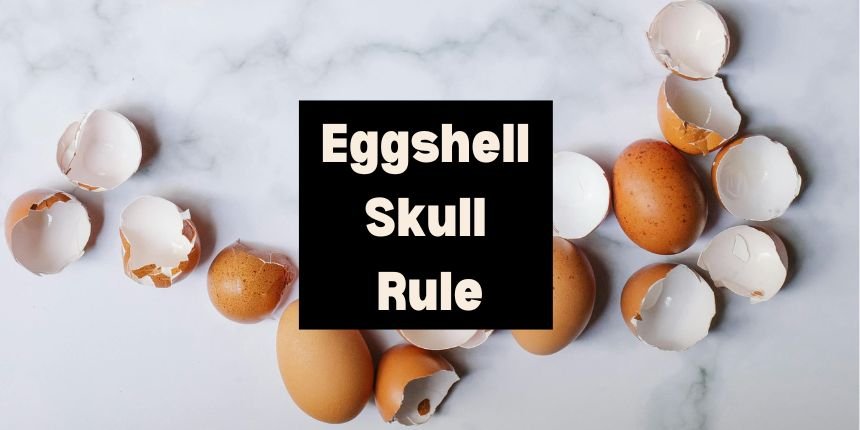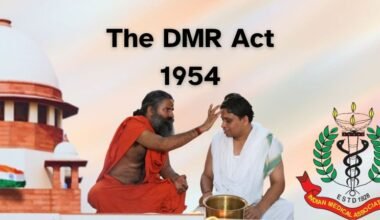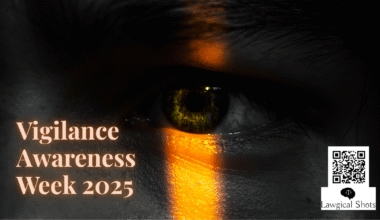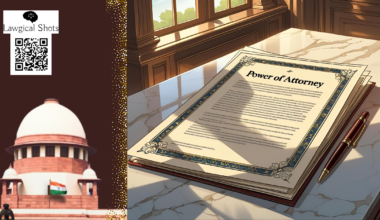The Supreme Court while dealing with a case of medical negligence cleared the various clouds around ‘eggshell skull rule’. The Division Bench of Justice Sanjay Karol and Justice Aravin Kumar were dealing with a Civil Appeal in Jyoti Devi v. Suket Hospital & ors (decided on April 23, 2024).
Factual Matrix
The matter pertains to an appendicitis surgery done in 2005, usually a routine procedure. However, this patient’s pain did not end for 4 years. She ultimately came to know about the presence of a 2.5 needle near the previous scar.
The DCDRC in 2013 concluded medical negligence on part of the hospital and awarded compensation of Rs 5 lakhs under Consumer Protection Act, 1986. However, the SCDRC reduced the amount to Rs 1 lakh and the amount was enhanced to Rs 2 lakhs by NCDRC applying the egg-skull rule. The same was challenged in the instant appeal before the Apex Court.
Supreme Court’s Analysis
The Bench noted that the fact of negligence on part of the hospital and doctor was not doubted by the three Consumer fora. The Court focused upon examining the sufficiency of compensation awarded. It targeted the Apex Court’s approach towards Consumer Protection Act, medical negligence, compensation and the ‘eggshell skull rule’ of tort law.
The Court referred to the scope and purpose of Consumer Protection Act, 1986 aimed at protection of consumers, through previously decided cases.
Law on Medical Negligence
The Court referred to Jacob Mathew v. State of Punjab (decided on August 5, 2005) followed in the observation made in MA Biviji v. Sunita & ors (decided on October 19, 2023). The Court hinted at the three essential ingredients for determining medical negligence – duty of care extended to the patient, breach of that duty of care, and the damage/injury/harm caused. The Court further cited cases to hint at sufficient negligence to impose liability on the doctor or hospital.
Quantum of Compensation
The Court remarked that “ in determining compensation in cases of medical negligence, a balance has to be struck between the demands of the person claiming compensation, as also the interests of those being made liable to pay.” The Court referred to observations made in Nizam’s Institute of Medical Sciences v. Prasanth S. Dhananka (decided on May 14, 2009) regarding balance with compensation demanded.
The Court went on to discuss the concept of ‘just compensation’. It explained that “The idea of compensation is based on restitutio in integrum, which means, make good the loss suffered, so far as money is able to do so, or, in other words, take the receiver of such compensation, back to a position, as if the loss/injury suffered by them hadn’t occurred.” The Bench relied upon several case laws in this regard.
Eggshell Skull Rule
The Apex Court explained that the egg skull rule applied by NCDRC holds injurer liable for damages exceeding the amount normally expected to occur. The Court further elaborated that “a person who has an eggshell skull is one who would be more severely impacted by an act, which an otherwise “normal person” would be able to withstand. Hence the term eggshell to denote this as an eggshell is by its very nature, brittle. It is otherwise termed as “taking the victim as one finds them” and, therefore, a doer of an act would be liable for the otherwise more severe impact that such an act may have on the victim.”
What is the eggshell skull rule law?
The Apex Court cited the decision of Washington State Supreme Court in Vasburg v Putney, N.W 403 (Wis 1891) to trace back the roots of eggshell skull rule. The Court observed that “The jurisprudence of the application of this rule, as has developed, (needless to add, in countries other than India) has fit into four categories – first, when a latent condition of the plaintiff has been unearthed; second, when the negligence on the part of the wrongdoer re-activates a plaintiff’s pre-existing condition that had subsided due to treatment; third, wrongdoer’s actions aggravate known, pre-existing conditions, that have not yet received medical attention; and fourth, when the wrongdoer’s actions accelerate an inevitable disability or loss of life due to a condition possessed by the plaintiff, even when the eventuality would have occurred with time, in the absence of the wrongdoer’s actions. As these categories and, the name of the rule itself suggest, the persons to whose cases this rule can be applied, are persons who have pre-existing conditions. Therefore, for this rule to be appropriately invoked and applied, the person in whose case an adjudicatory authority applies must have a pre-existing condition falling into either of the four categories described above.”
Egg Skull Rule on instant facts
With reference to a catena of cases, the Court landed back to the instant facts. The Court found the reasoning of SCDRC and NCDRC to be questionable vis-à-vis the District Forum. The Court did not find the compensation of Rs 1 lakh or 2 lakhs justified while observing deficiency in service by the hospital. The Bench commented that “Compensation by its very nature, has to be just. For suffering, no part of which was the claimant-appellant’s own fault, she has been awarded a sum which can, at best, be described as ‘paltry’.”The Court also found the NCDRC judgment silent on applicability of the eggshell skull rule in the instant matter.
Decision
The Apex Court set aside the decisions of NCDRC as well as SCDRC and restored the award passed by the DCDRC. It ordered expeditious payment of Rs 5 lakhs by the hospital and doctor concerned for ‘being medically negligent and providing services deficient in nature’. The Court further imposed interest @9% from the date of award passed by District Forum along with litigation cost of Rs 50,000.








